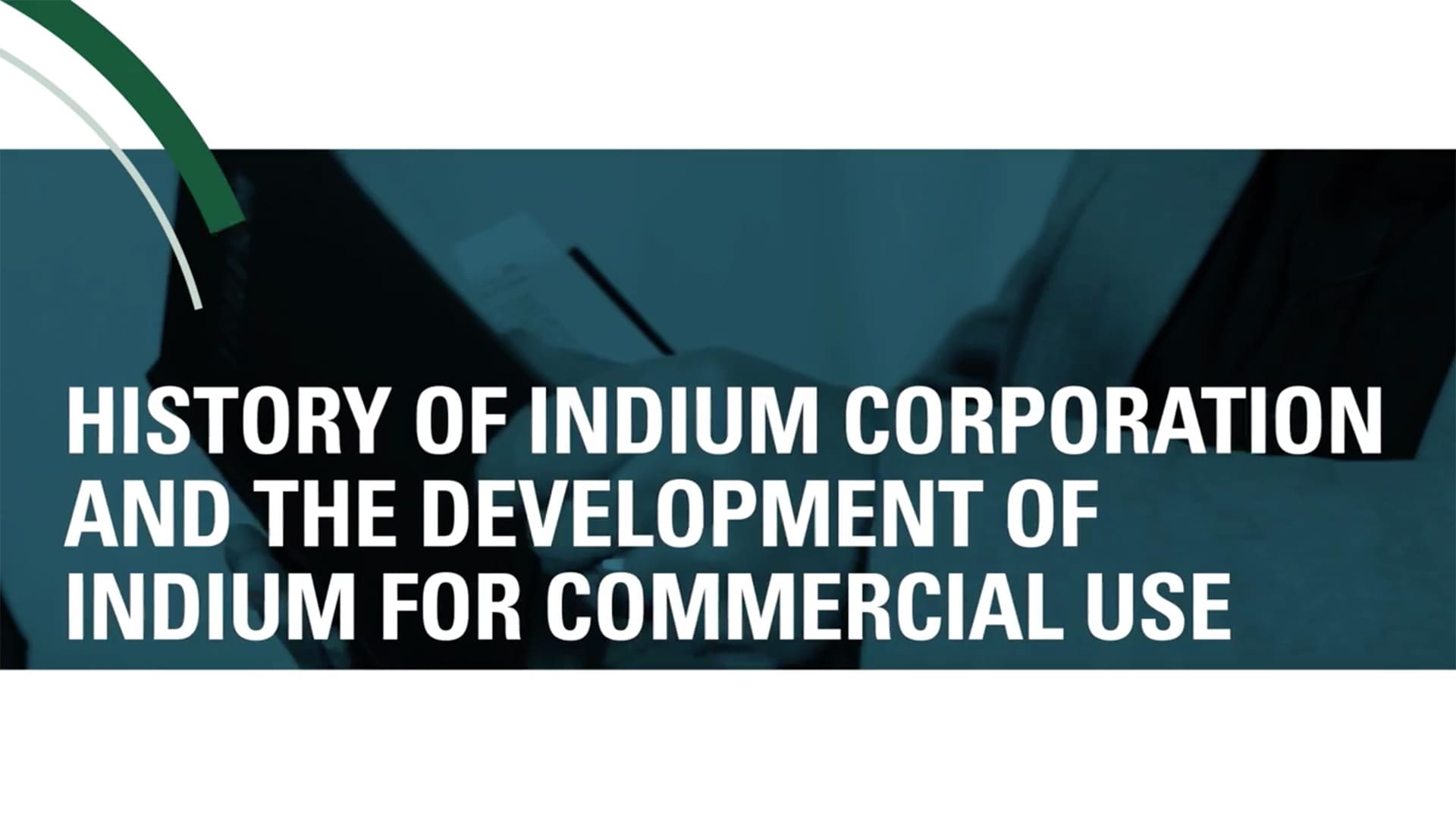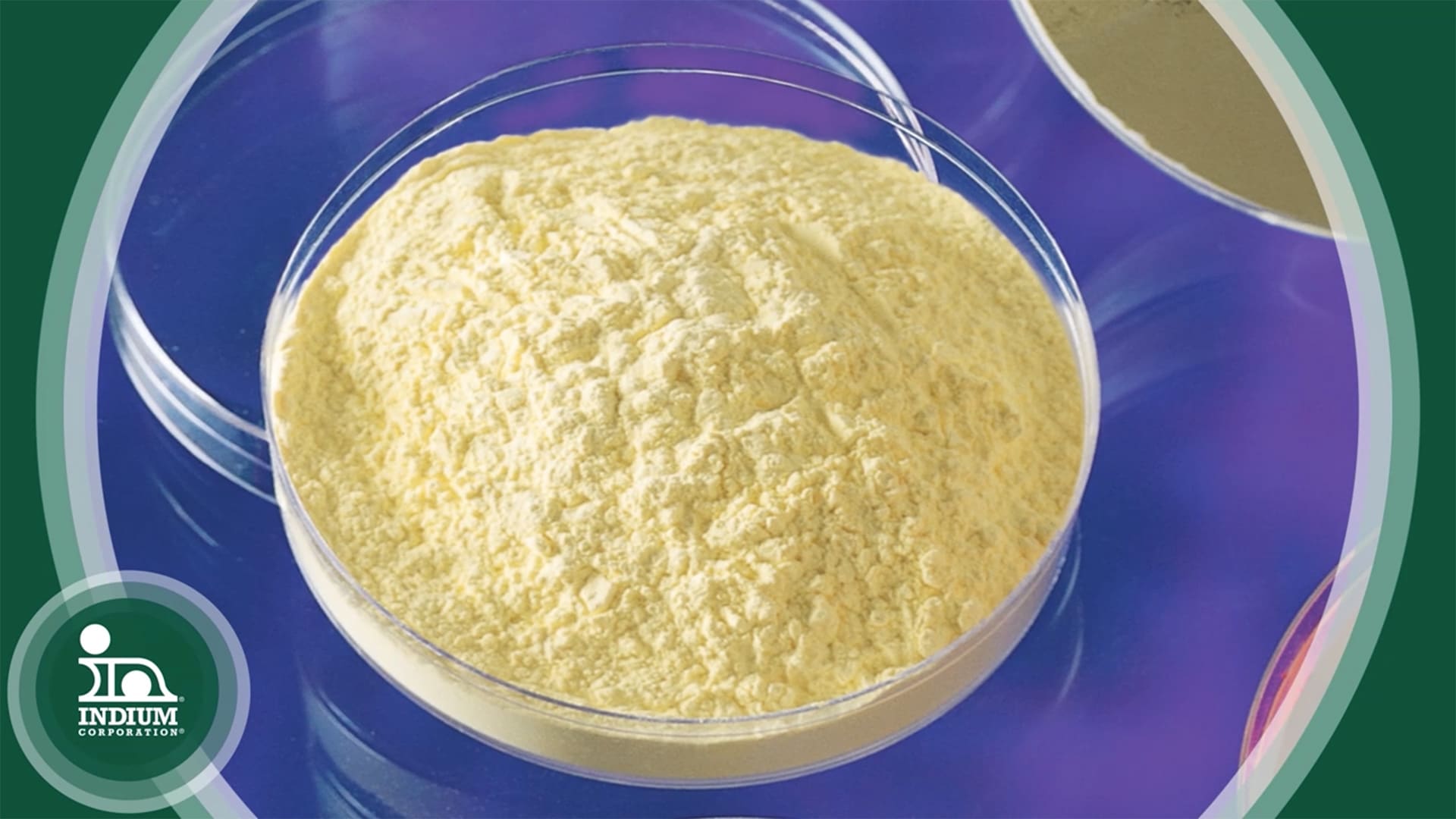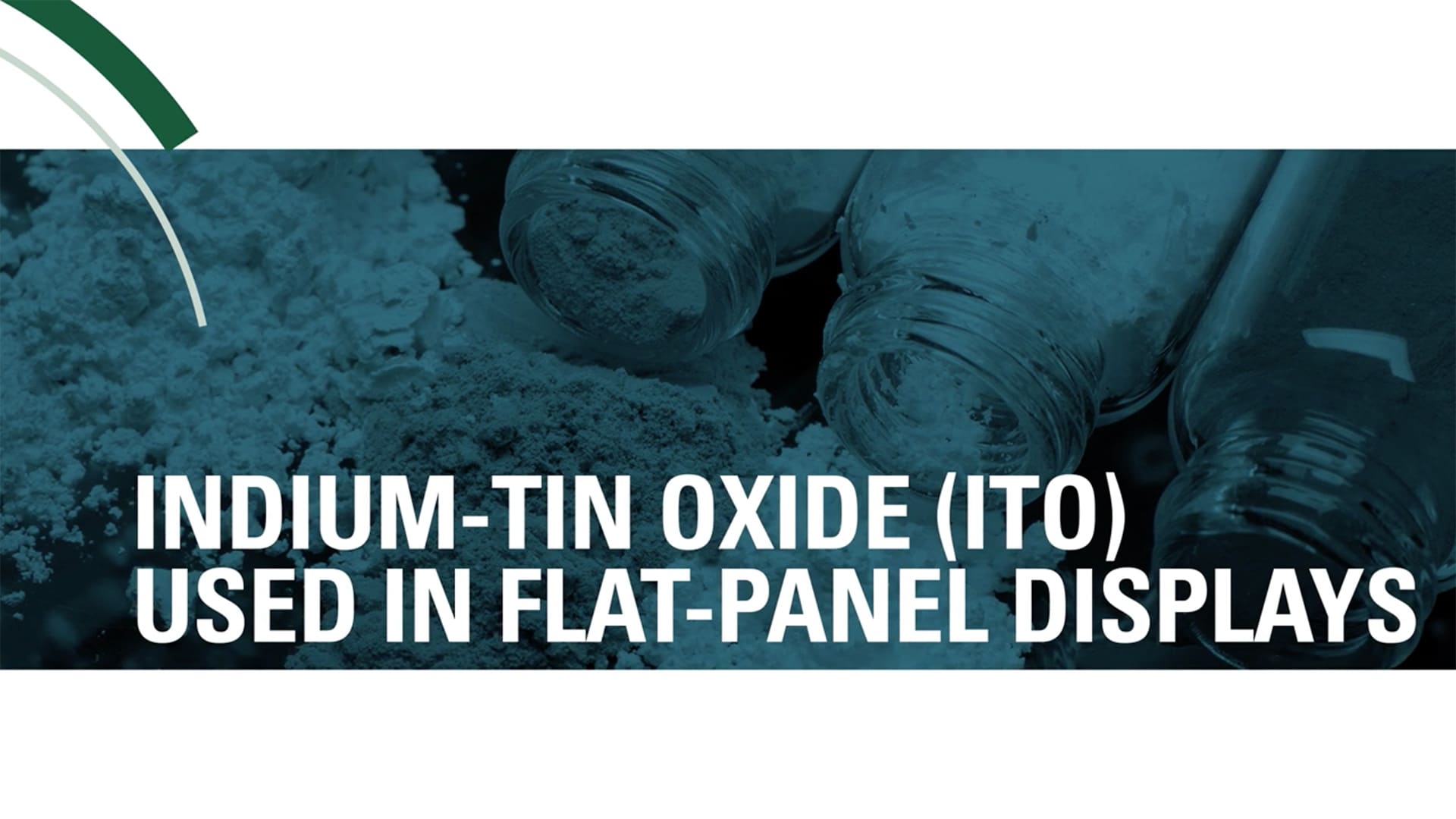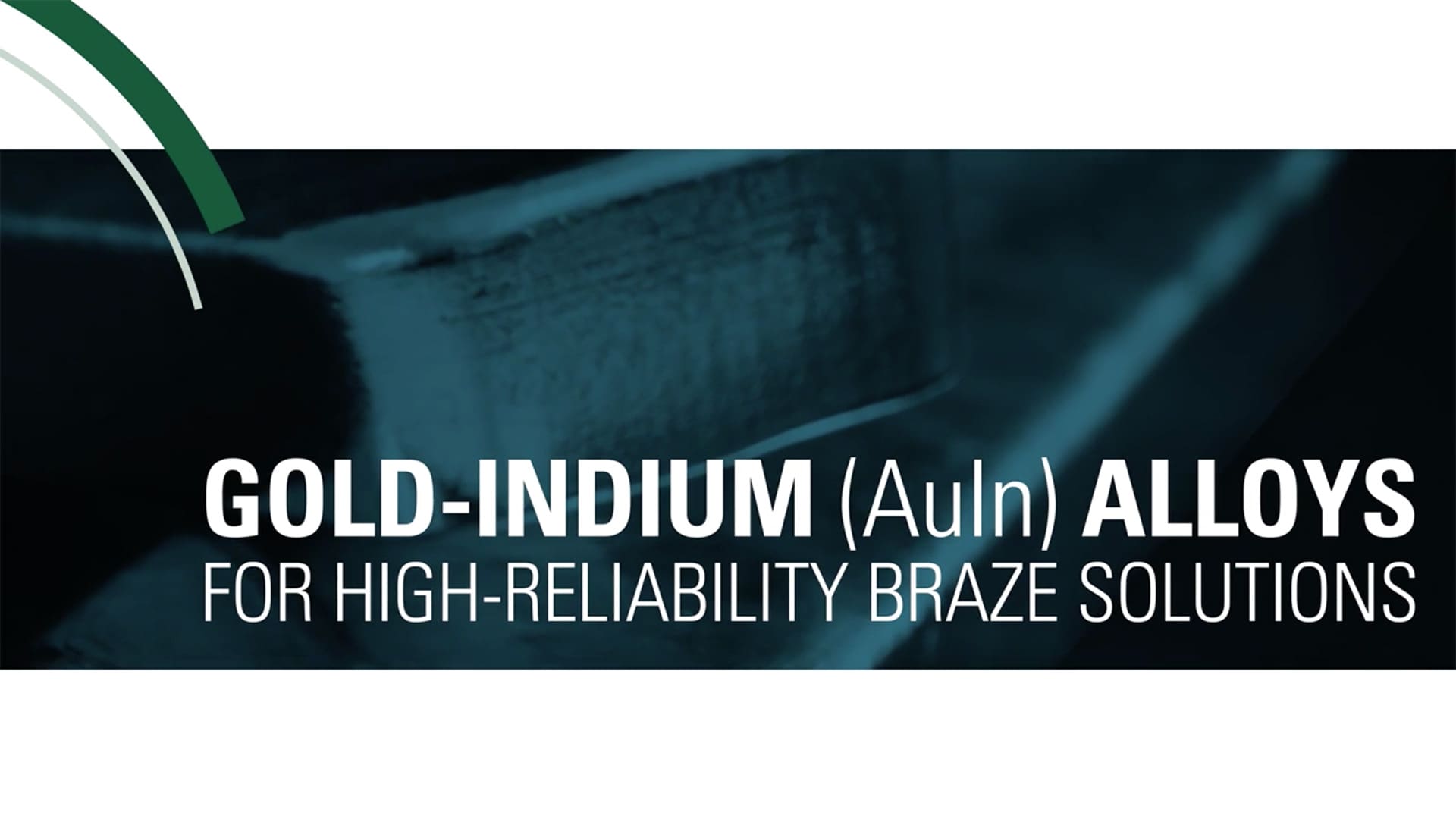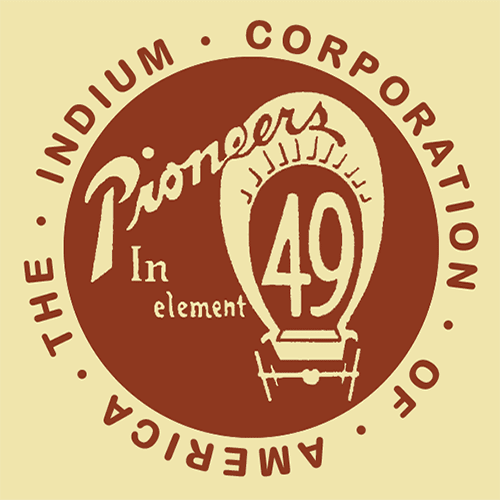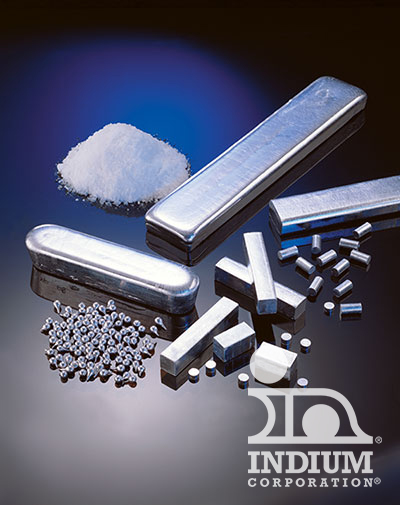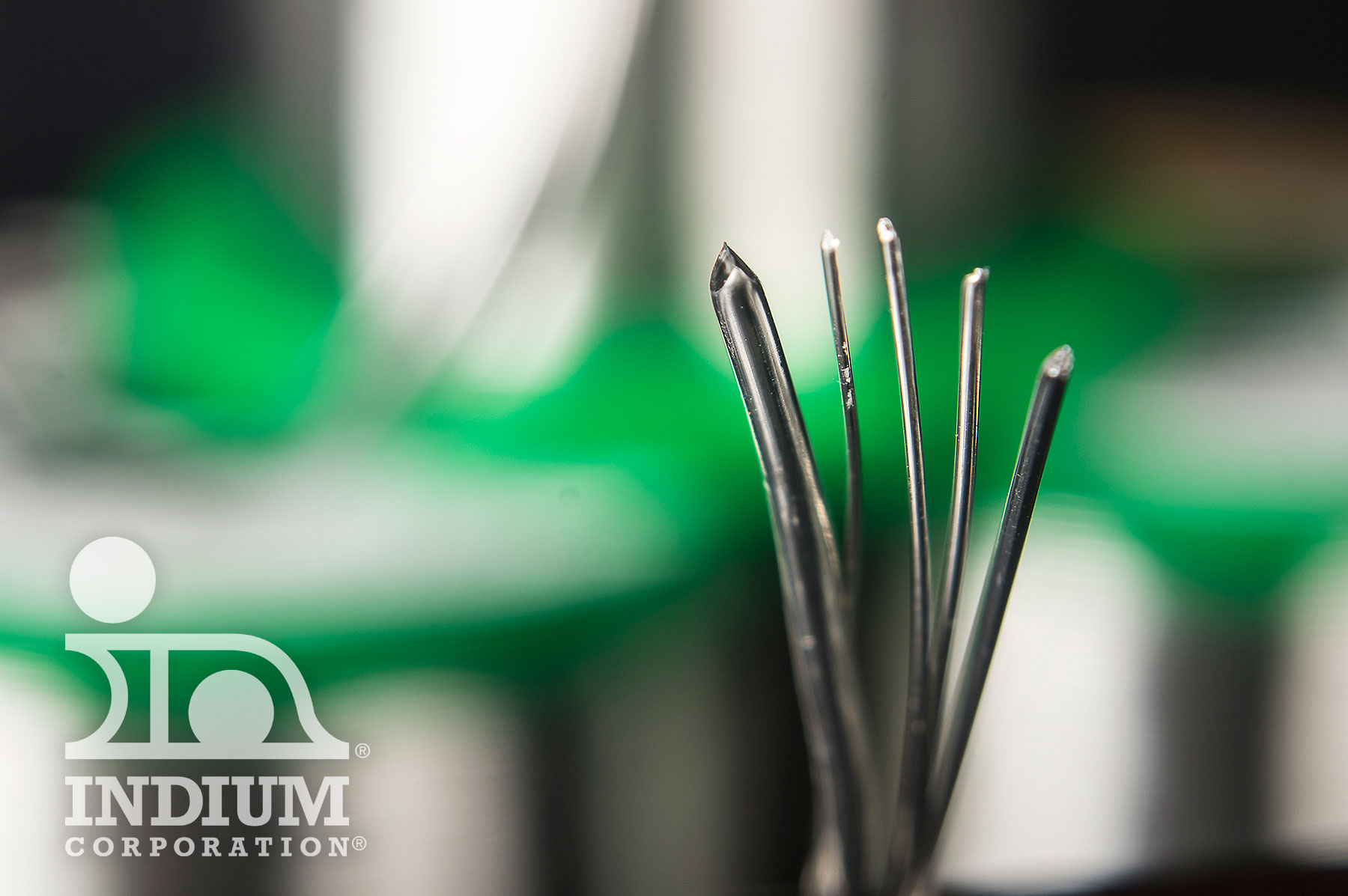Indium Supply
The Indium Corporation is confident of the sustained indium metal supply.
There has been concern expressed that the world may face an indium shortage given the rising price environment experienced this year. The Indium Corporation believes that the temporary imbalance between supply and demand will be corrected and that sufficient indium is available to meet forecasted demand.
In 1934 the Indium Corporation began extracting, refining, purifying and fabricating indium. Seventy years later indium is still "Our Product, Our Symbol, Our Name." Over the years we have significantly increased our refining and recycling capacity which has ultimately increased the global supply.
Short-term shortages have periodically occurred because global production and usage are so finely balanced. However, these shortages have historically been corrected by increasing refining capacity and, ultimately, supply.
The documents below contain data from the U.S. Geological Survey. The data shows that indium is available. Indium exists in the earth’s crust in quantities approximately three times that of silver (which is currently extracted at 60x the rate of indium). While extraction efficiency is greater for silver, the relative abundance and current extraction rates of indium versus silver are still a telling story.
According to the U.S. Geological Survey statistics, the worldwide output of indium metal has increased 7X since 1980. We believe that this trend will continue and supply will expand to meet demand.
The indium supply has been bolstered by continued improvement in recycling programs. In the rapidly growing LCD market, greater than 85% of non-deposited indium is reclaimed and returned to the supply chain.
We believe the currently-observed price fluctuations are primarily due to a time lag between emerging demand and available supply. As has been observed in previous cycles, the Indium Corporation believes higher prices will draw forward additional supplies which will alleviate any scarcity.
Indium metal’s unique properties make it a critical component for many products, and the Indium Corporation is committed to, and confident of, meeting the indium needs of its partners.
If you have questions about the indium supply or applications for indium metal, alloys or chemicals, please contact Sara Brancalion.
1 http://minerals.usgs.gov/ds/2005/140/silver.pdf
2 http://minerals.usgs.gov/minerals/pubs/mcs/2013/mcs2013.pdf


